Presidential elections: The 10 closest races in U.S. history

- Oops!Something went wrong.Please try again later.
- Oops!Something went wrong.Please try again later.
Down the stretch to the White House!
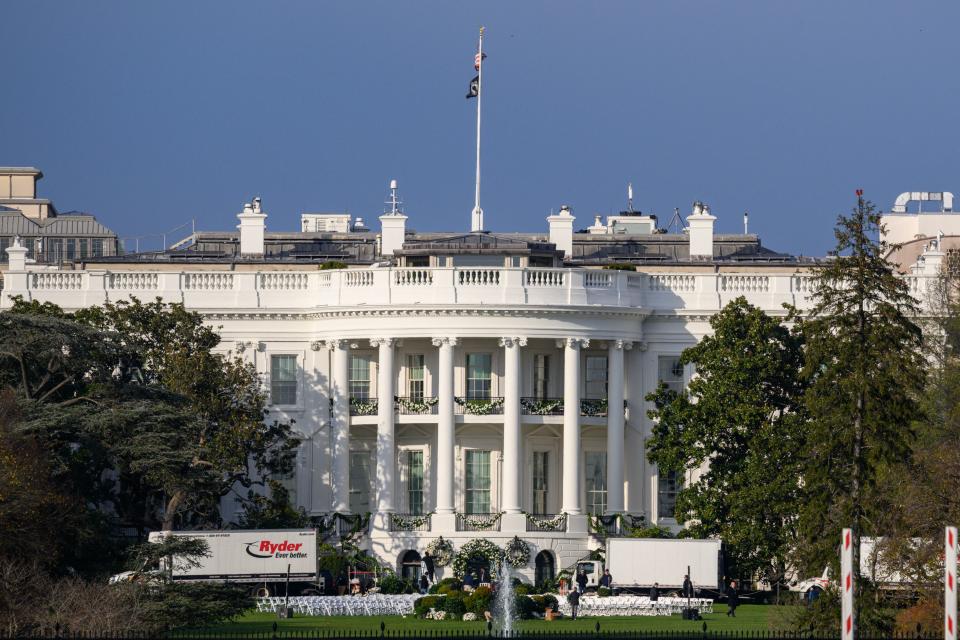
The 2024 presidential vortex is getting underway, beginning with the first Republican debate in Milwaukee, Wisconsin. And though we’re still far from the actual election zaniness, the political kickoff got us looking back through history at one of the more intriguing stats: the closest races of all time.
The U.S. has endured plenty of them, including in 2016 when Donald Trump topped Hillary Clinton in what would be the 13th closest race in the country’s history—Trump losing the popular vote by 3 million but winning the electoral college 304-227.
With that in mind, here are the 10 closest…
10. 1968 — Richard Nixon over Hubert H. Humphrey
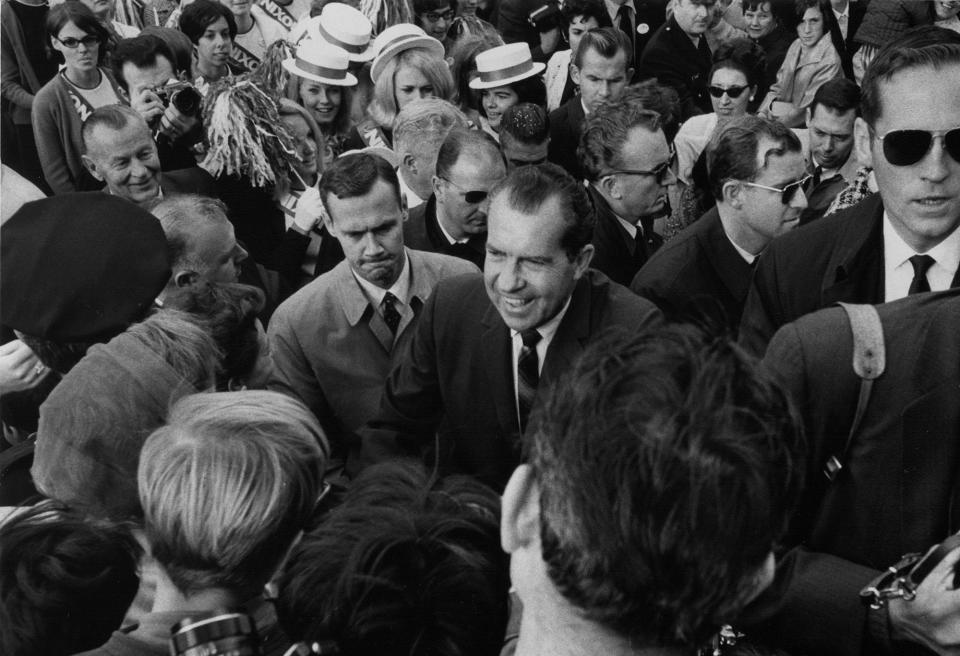
Electoral college: 301 to 191.
Percentage of electoral college votes: 55.95 percent.
9. 1976 — Jimmy Carter over Gerald Ford
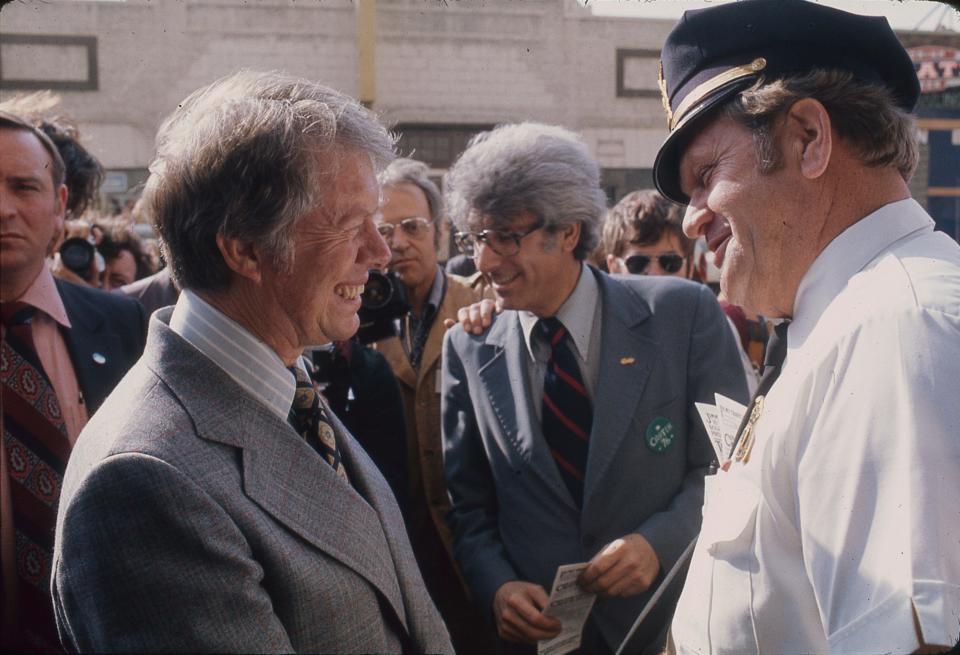
Electoral college: 297 to 240.
Percentage of electoral college votes: 55.20.
8. 1884 — Grover Cleveland over James G. Blaine
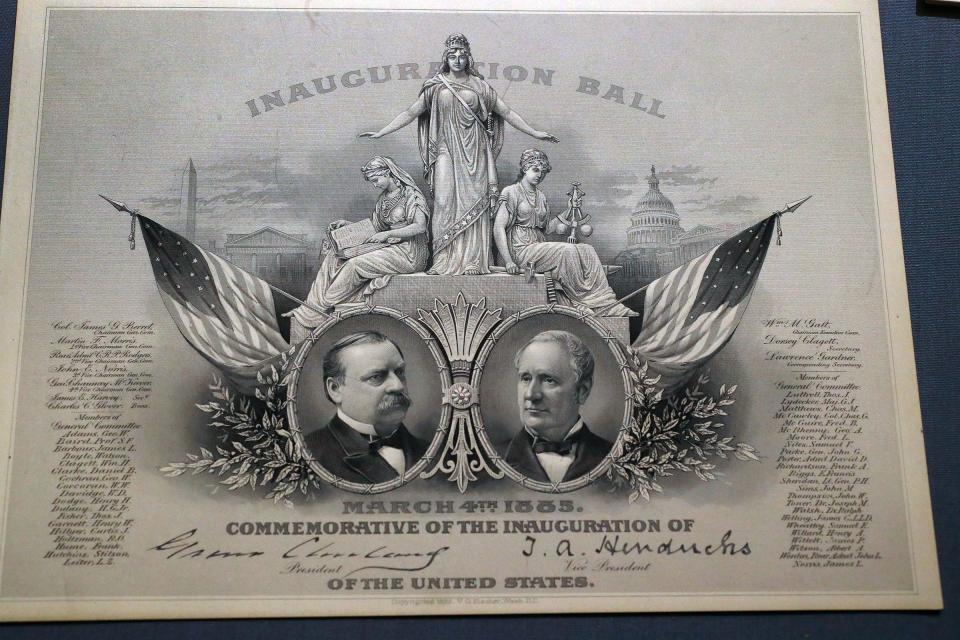
Electoral college: 219 to 182.
Percentage of electoral college votes: 54.61.
7. 2004 — George W. Bush over John Kerry
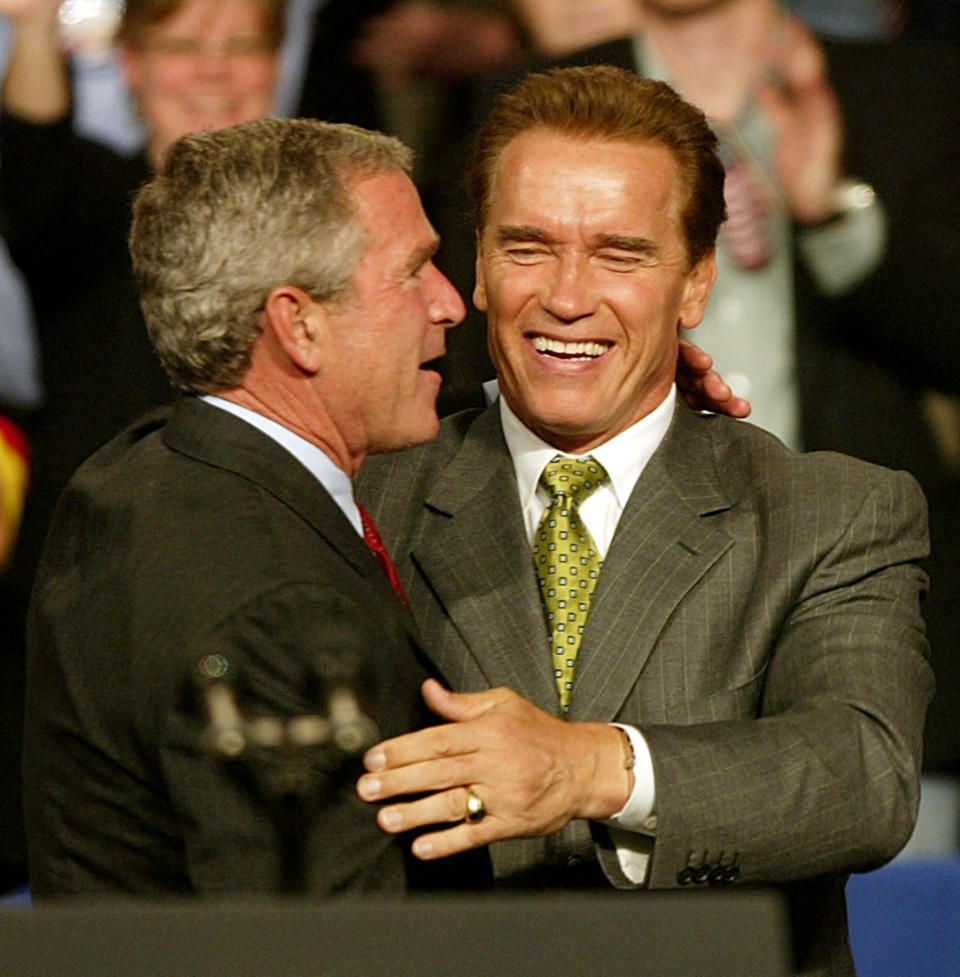
Electoral college: 286 to 251.
Percentage of electoral college votes: 53.16.
6. 1800 — Thomas Jefferson over John Adams
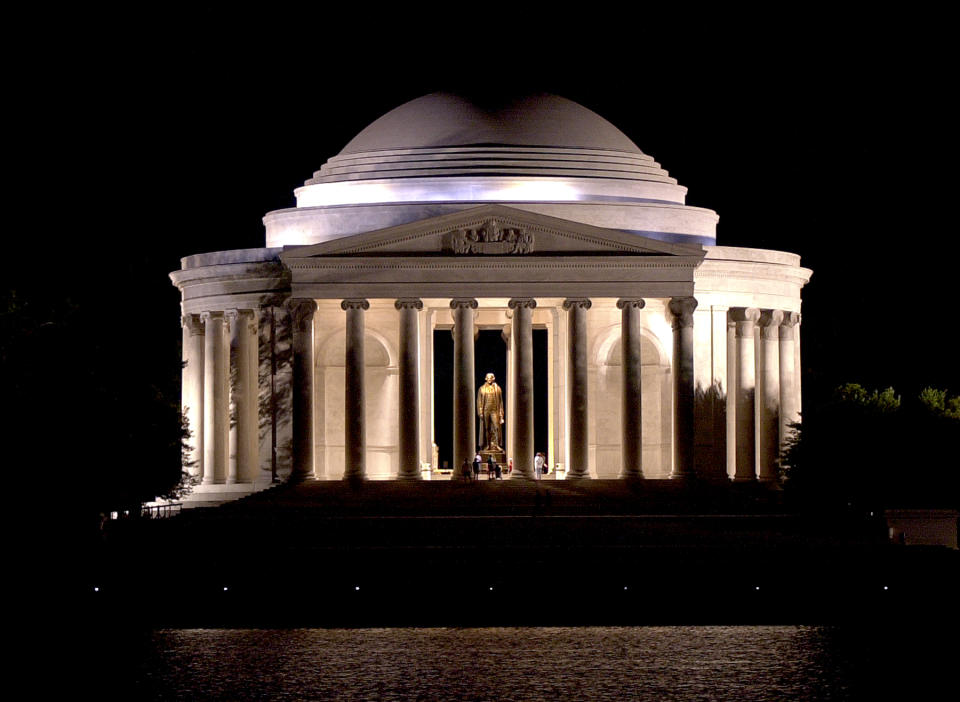
Electoral college: 73 to 65.
Percentage of electoral college votes: 52.90.
5. 1916 — Woodrow Wilson over Charles Evans Hughes

Electoral college: 277 to 254.
Percentage of electoral college votes: 52.17.
4. 1796 — John Adams over Thomas Jefferson
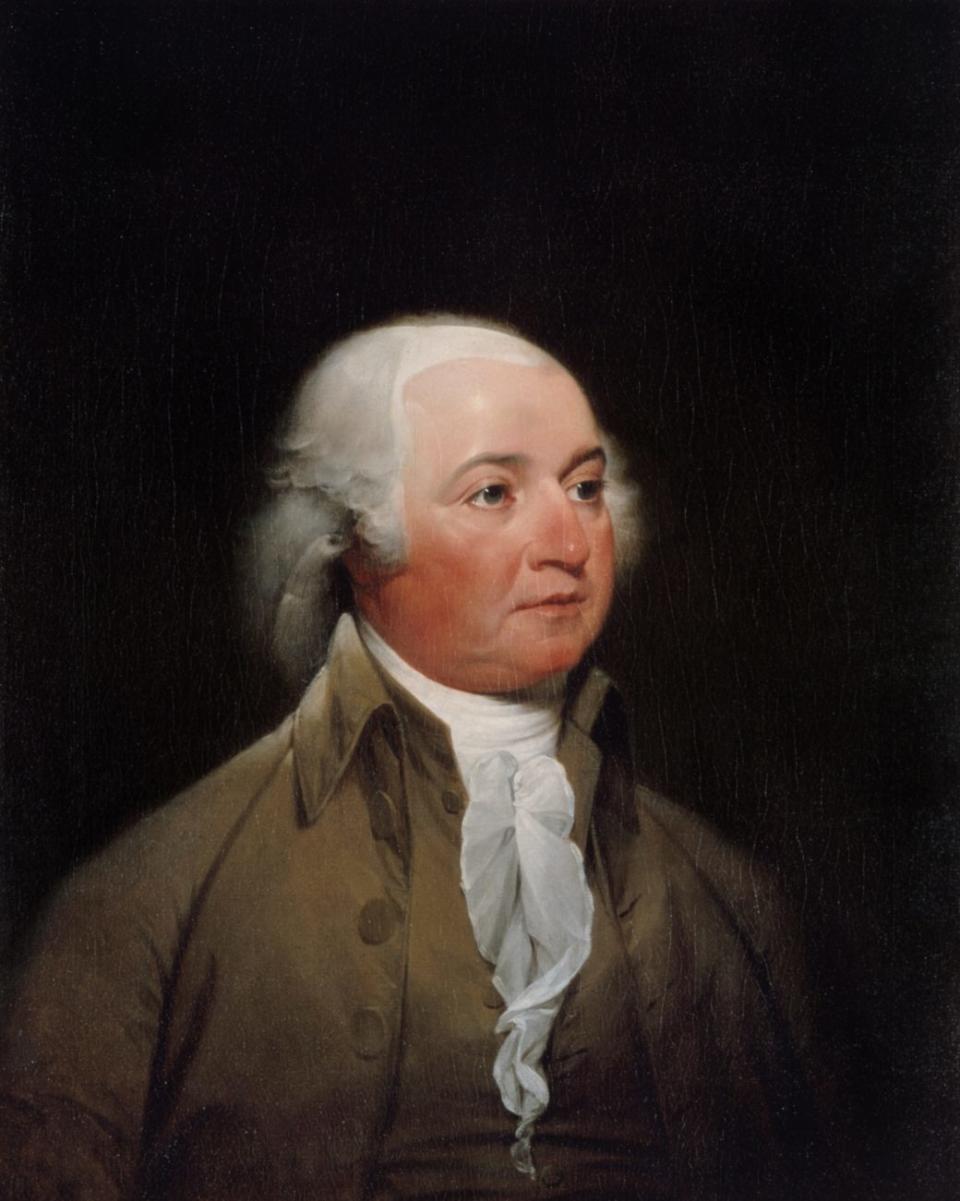
Electoral college: 71 to 68.
Percentage of electoral college votes: 51.45.
3. 2000 — George W. Bush over Al Gore
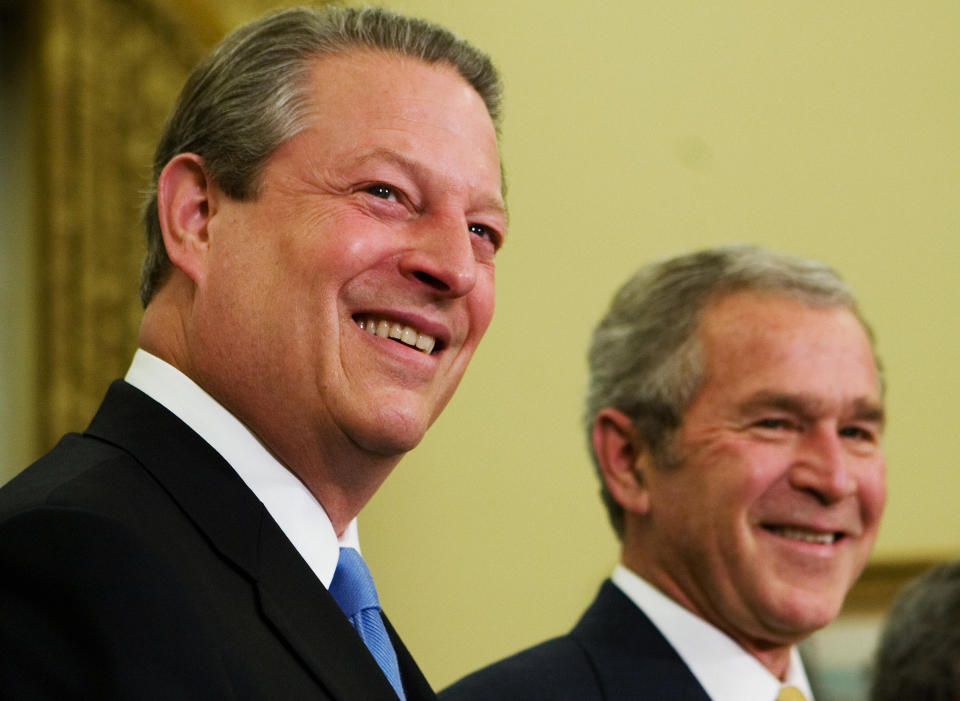
Electoral college: 271 to 266.
Percentage of electoral college votes: 50.37.
2. 1876 — Rutherford B. Hayes over Samuel Tilden
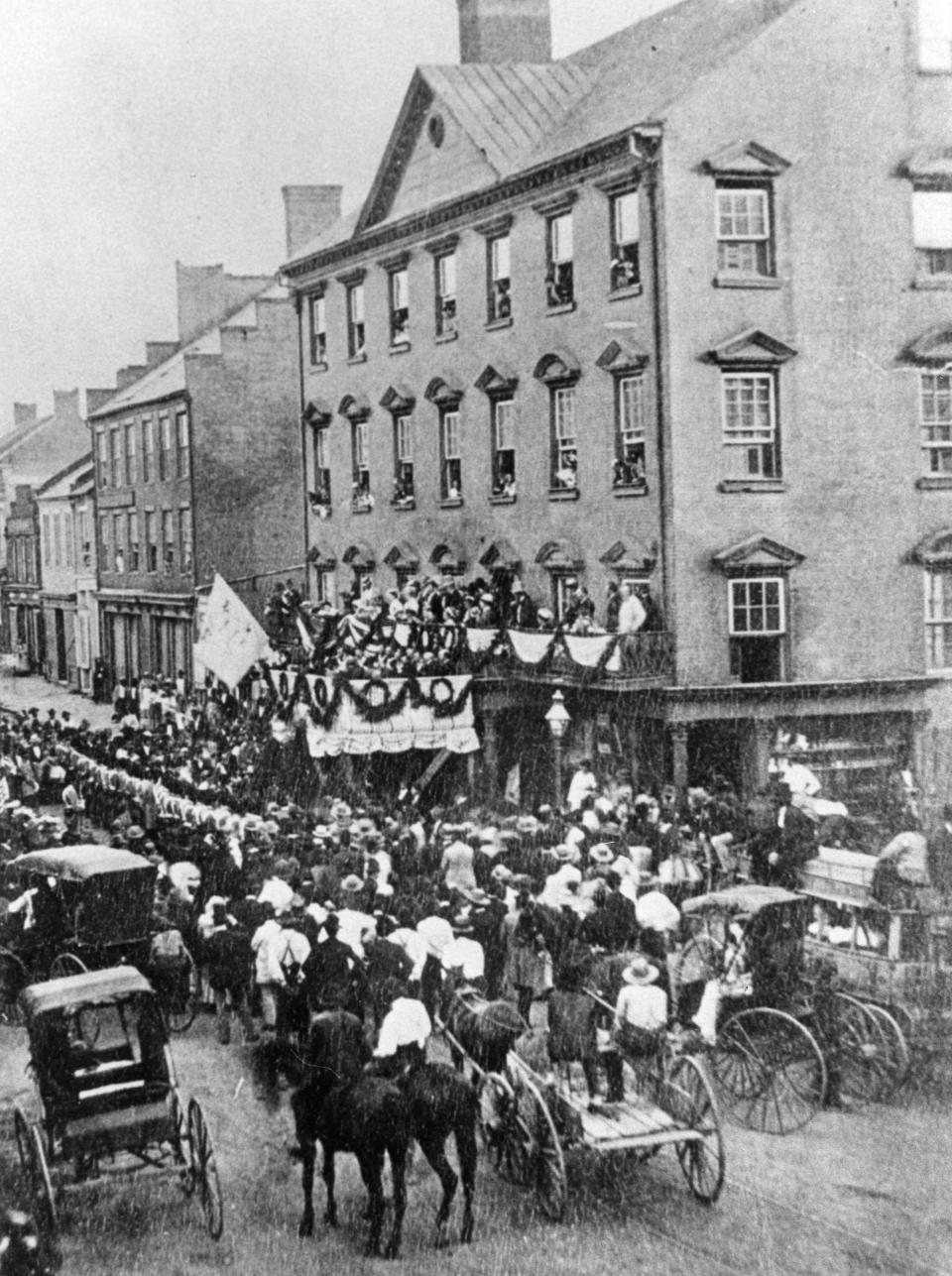
Electoral college: 185-184.
Percentage of electoral college votes: 50.14.
1. 1824 — John Quincy Adams over Andrew Jackson
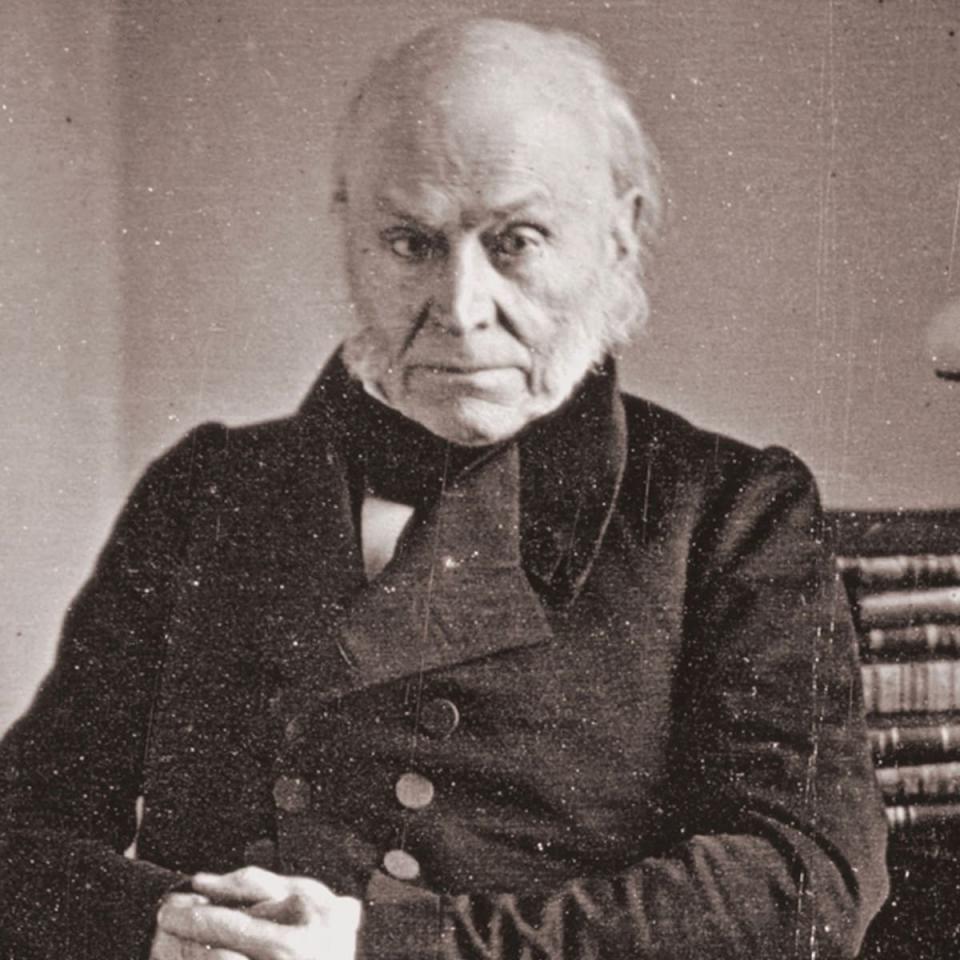
Electoral college vote: 99 (Jackson)-84 (Adams) – 41 (Crawford) – 37 (Clay).
Percentage of electoral votes: 32.18.
One of only two U.S. elections to be decided in the House, the election of 1824 featured four candidates drawing sizable totals in the electoral college. But though Jackson won the most electoral votes, the special election in the house went with Adams. Thirteen states cast their vote for Adams, compared to seven for Jackson and four for Crawford.

